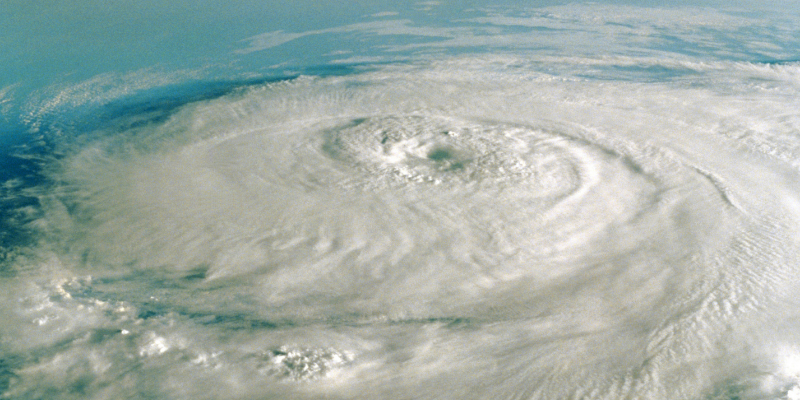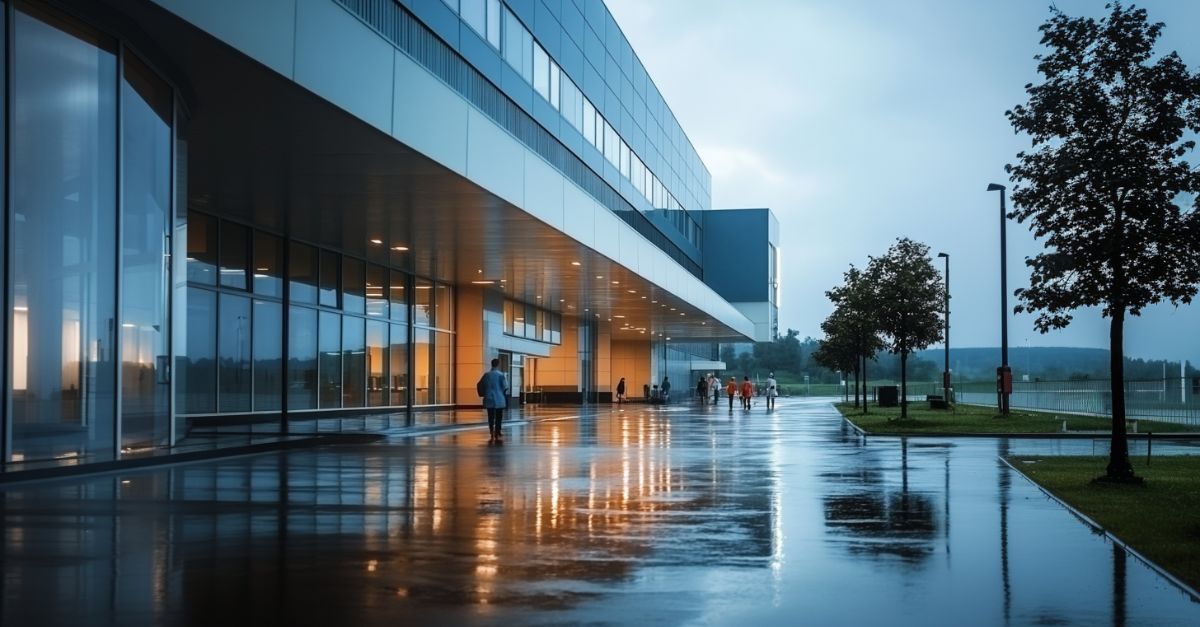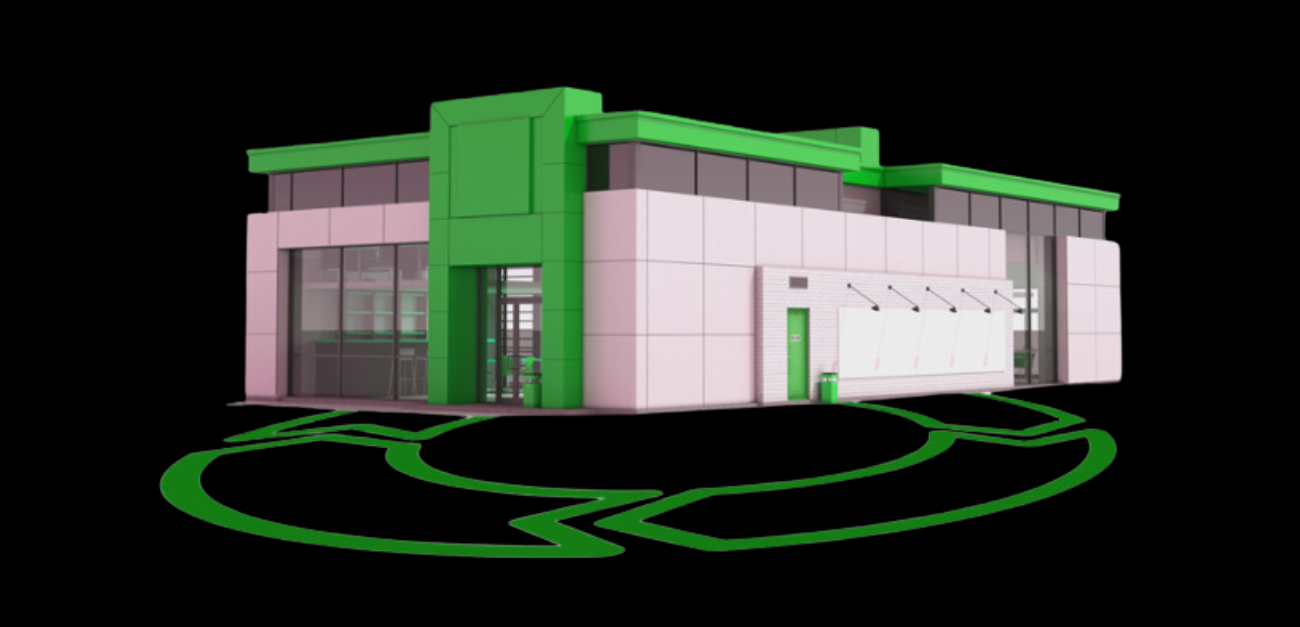Hurricane damage can occur on your commercial building across many locations around the country. While we hope that you never experience one, it is best to be prepared in case the worst does happen. Here are some sensible hurricane damage mitigation tips you can start doing today to help preserve your commercial building.
1) Document as Much as Possible
Documenting your building in its normal, pre-disaster state is crucial to proving and proving your hurricane damage claim. This step is an important aspect of hurricane damage mitigation for commercial buildings.
Capturing as much information as possible can help you recover damages quickly and accurately after a disaster strikes. In addition to photographs of your building’s exterior and interior, take pictures of lobby furniture, storefronts and all your amenities as well.
Having visual depictions of your undamaged building can go a long way in helping an insurance company better understand your needs and provide you with adequate coverage.

2) Prepare Your Roof
Improperly installed or poorly maintained roofs are often some of the first things to suffer hurricane damage. Inspect your roof regularly and make sure there are no defects or worn areas that could create leaks. If you have a low-sloped roof, it’s especially important to make sure the drains are functioning properly and not clogged with debris. Any of these issue can result in significant interior damage.
3) Strap Down Heavy Items
Hurricane winds can be incredibly strong, so make sure your building’s doors and windows are in good working condition. Strap down all loose items or remove items from the exterior to prevent them from blowing away or becoming air blown debris.
Pro Tip: Check Your AC Unit
A lot of people don’t think about it, but if your AC unit is equipped with metal straps. Make sure the straps are adequately secured. AC units are heavy so if your straps break off or snap under pressure, you may have a disaster on your hands. Invest in new straps before an impending storm or if yours are rusted through. In most cases, an old, out-of-function AC strap can be replaced easily.


4) Prevent Interior Water Damage
As devastating as hurricane damage is, water intrusion associated with the storm can be even more costly than wind damage for commercial building owners and managers. Interior water damage can cause severe structural damage, put occupants at risk for illness and injury, and pose serious health risks to emergency personnel who must enter buildings after flooding occurs.
Check Windows and Doors for Water Intrusion
The best way to reduce water intrusion during flooding is to make sure that windows and doors are properly sealed, closed and locked. Make sure that there is a continuous bead of caulk around all four sides of a window, including where it meets with its frame. Also, look for any cracked or warped areas around your windows as these will allow more water in than intact areas. Fix any issues you find as soon as possible since you don’t know when a storm may hit or how long the restoration will take.

5) Keep Hazardous Materials Safely Stored
Store hazardous materials in a safe, dry place away from heat sources. In a hurricane, these substances could become dangerous if damaged or displaced by flooding. Keeping them in their properly labeled containers will help to ensure that they don’t become potential hazards.
6) Have An Evacuation Plan
No two hurricanes are alike, so you should consult your local and state emergency management officials about how to prepare for your specific circumstances. A good place to start is www.ready.gov/hurricanes which provides detailed checklists for getting ready in case of any kind of disaster – including evacuation.
When our team provides a Pre-hurricane Inspection, we always include an evacuation plan specific to the area. You can view an example of this here.

Final Thoughts on Hurricane Damage Prevention
Disaster-preparedness plans are important, especially for your commercial building. While they won’t help you prevent a disaster or hurricane from happening, they can help provide hurricane damage prevention. Even if you don’t live in an area that’s frequently affected by natural disasters, it’s still worthwhile to review your plan on a regular basis and make sure it’s updated with contact information to be prepared for flooding, major storms, tornadoes, or wildfires that could threaten your building.
If you need further information about hurricane damage prevention for your building, or you’re interested in a pre-hurricane inspection, fill out the form below and our experts will reach out shortly with the details you need.





